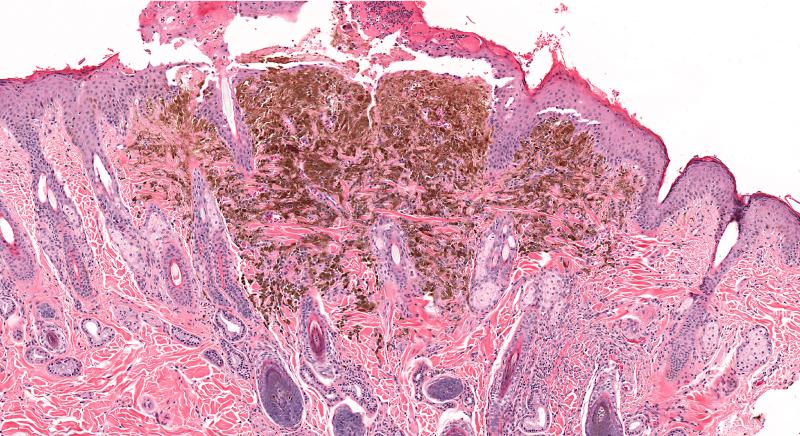
Use of oestrogen therapy alone appears to contribute to an increased risk of developing cutaneous melanoma, although the addition of progestins may counteract this unfavourable effect, a study has found.
Researchers used data from the national Medical Reimbursement Registry and those linked to the Finnish Cancer Registry and looked at all women who had purchased hormone therapy between 1994 and 2007.
A total of 293,570 women aged ≥50 years had used hormone therapy for at least 6 months. Among them, there were 1,695 incident cutaneous melanoma cases recorded over a mean follow-up of 15.6 years.
The standardized incidence ratios (SIR) for cutaneous melanoma were 1.20 (95 percent confidence interval [CI], 1.06–1.35) in the group of women that used unopposed oestrogen therapy and 1.00 (95 percent CI, 0.87–1.14; p-heterogeneity=0.04) in the group that used combined oestrogen–progestin therapy (EPT) for 6–59 months.
Meanwhile, SIRs for women who used oestrogen therapy and EPT for at least 60 months were 1.37 (95 percent CI, 1.22–1.52) and 1.23 (95 percent CI, 1.13–1.34; p-heterogeneity=0.15), respectively.
Estimates did not significantly differ between oral and transdermal administrations, nor by doses of oestrogens.
The present data are in line with previous reports stating that the use of unopposed oestrogens in menopause heightens the risk of cutaneous melanoma, while the addition of progestins might prove beneficial, according to the researchers.